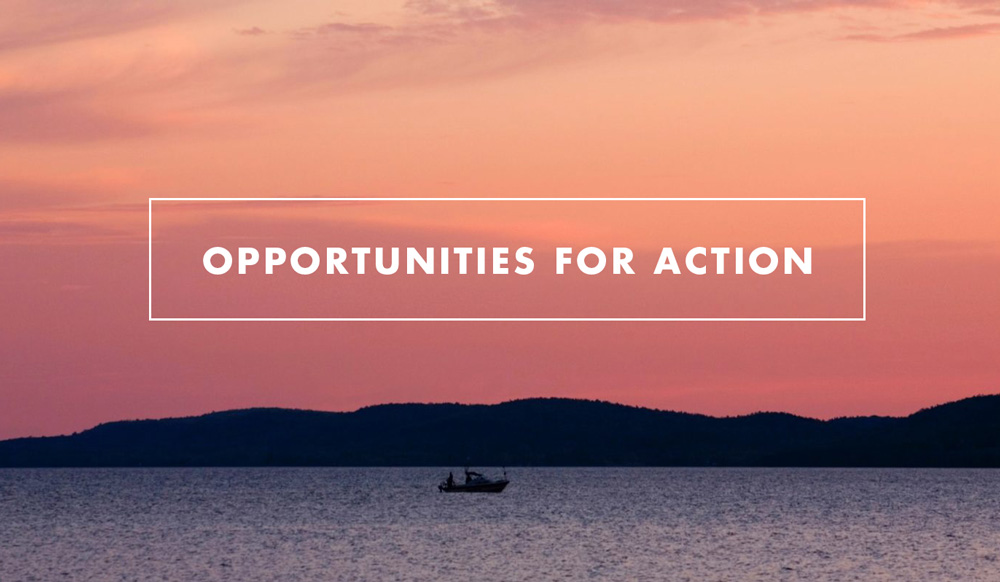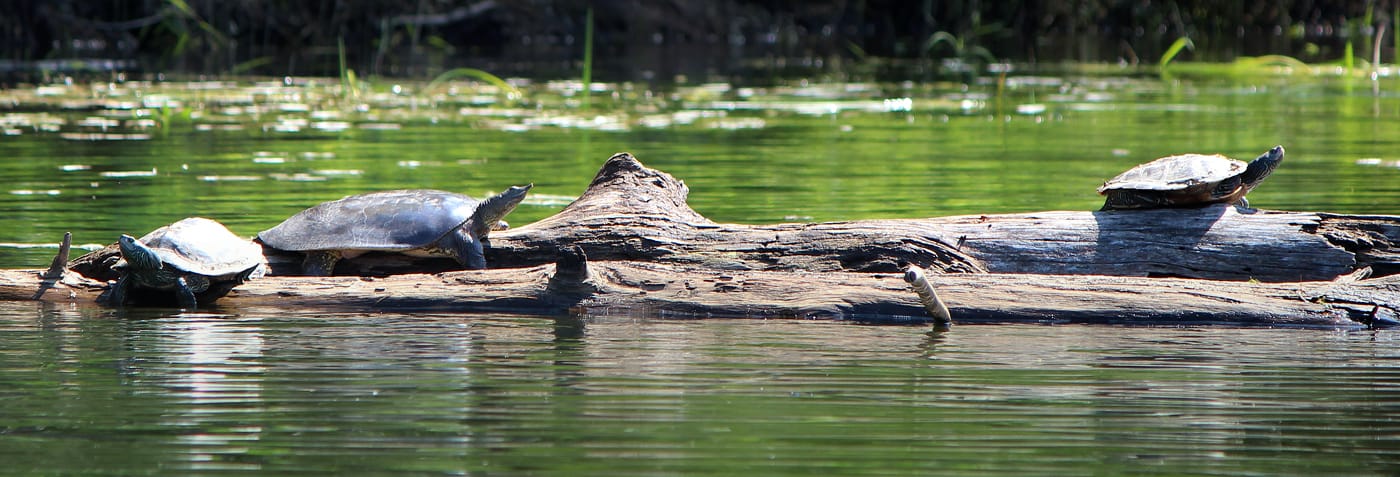
Healthy Ecosystems
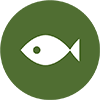 GOAL: Ecosystems that provide clean water for drinking and recreating, and intact habitat that is resilient to extreme events and free of aquatic invasive species where diverse fish and wildlife populations will flourish.
GOAL: Ecosystems that provide clean water for drinking and recreating, and intact habitat that is resilient to extreme events and free of aquatic invasive species where diverse fish and wildlife populations will flourish.
The Lake Champlain Basin’s living natural resources—from microscopic plankton to bear, moose, and humans—are part of a complex ecosystem. These plants and animals depend on interconnected aquatic and terrestrial habitats, such as the broad open waters of the Lake, the rivers and streams that flow into it, wetlands and shallow water flats, forests, and agricultural lands. For many species, the greatest threat is habitat loss or degradation, caused by development and conversion of wetlands. Aquatic invasive species can out-compete native species and disrupt native ecosystems.
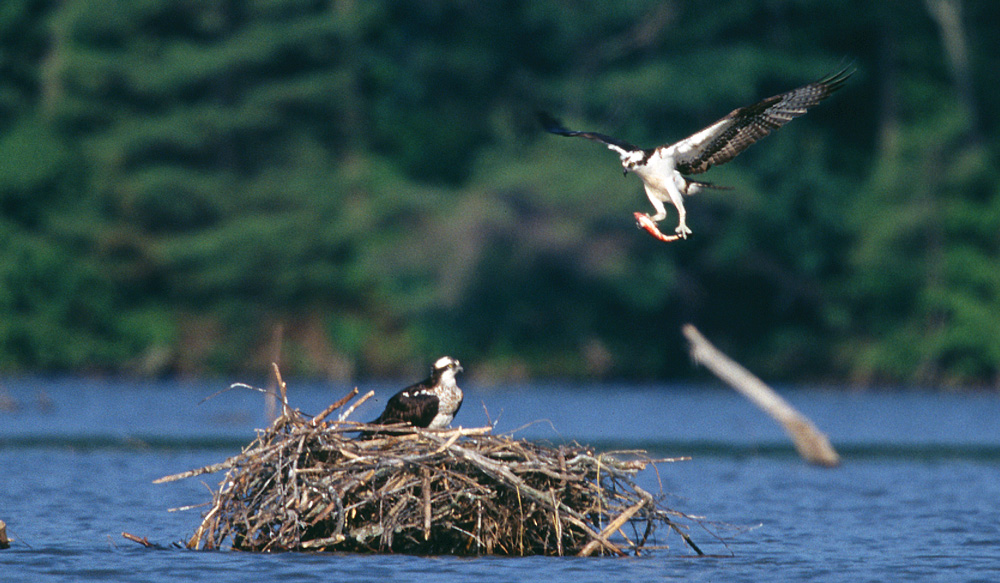
Biodiversity
Ecosystems with a large variety of species are healthier than those with fewer species, and provide beneficial services to humans, including food, clean water, and recreational opportunities.
More about biodiversity
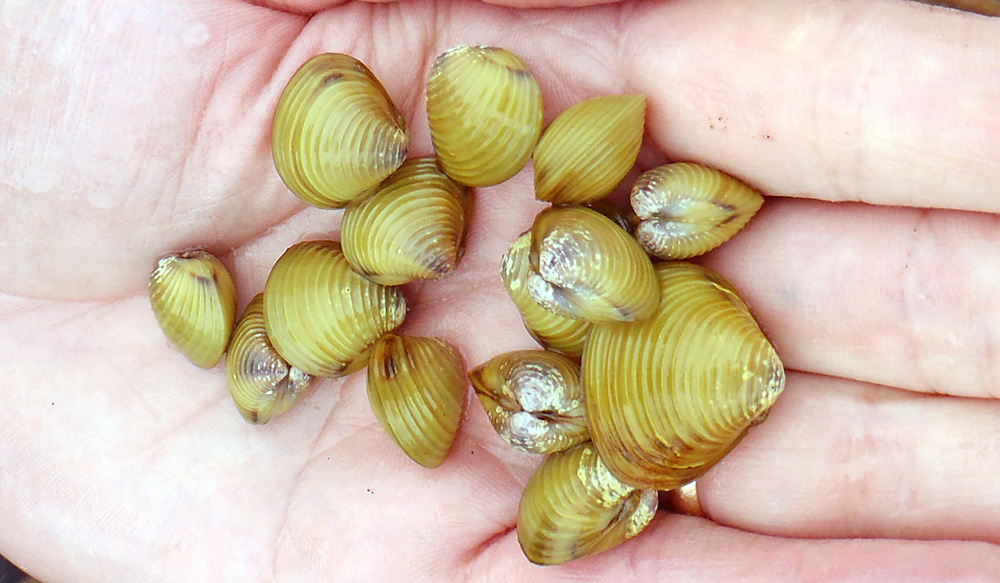
Aquatic Invasive Species
Aquatic Invasive Species (AIS) cause harm to the environment, the economy, or human health. Lake Champlain is home to 51 known aquatic invasive species (AIS), and many more are “on the doorstep.”
More about AIS

Habitat
Habitat fragmentation is among the greatest threats to fish and wildlife. Wetlands, lakeshores, and stream corridors are especially important, providing critical habitat connections in the landscape.
More about habitat
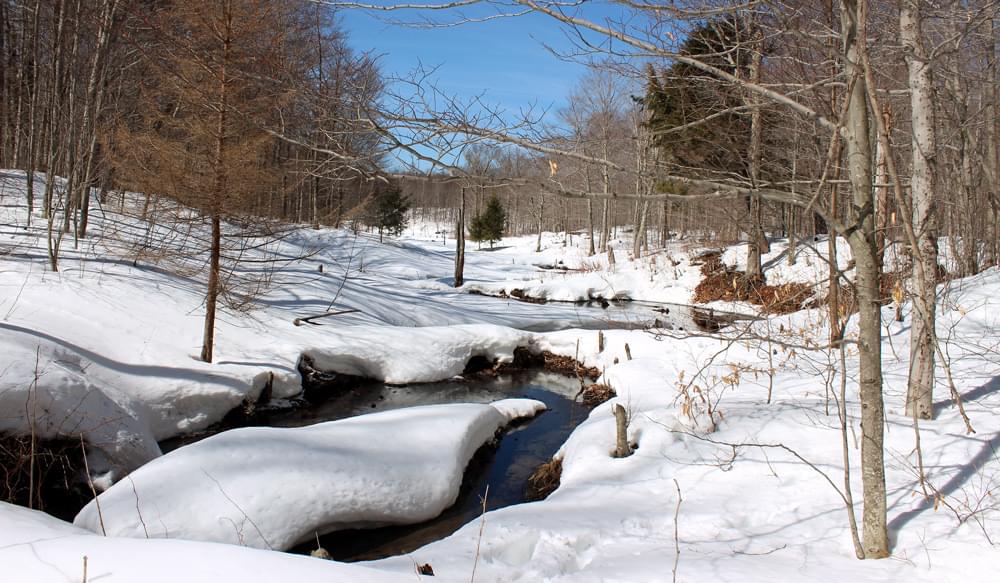
Climate Change Impacts
Climate change affects the physical and chemical environment of waters in the Lake Champlain Basin, which can impair the breeding, feeding, and habitats of many species.
More about climate change impacts

